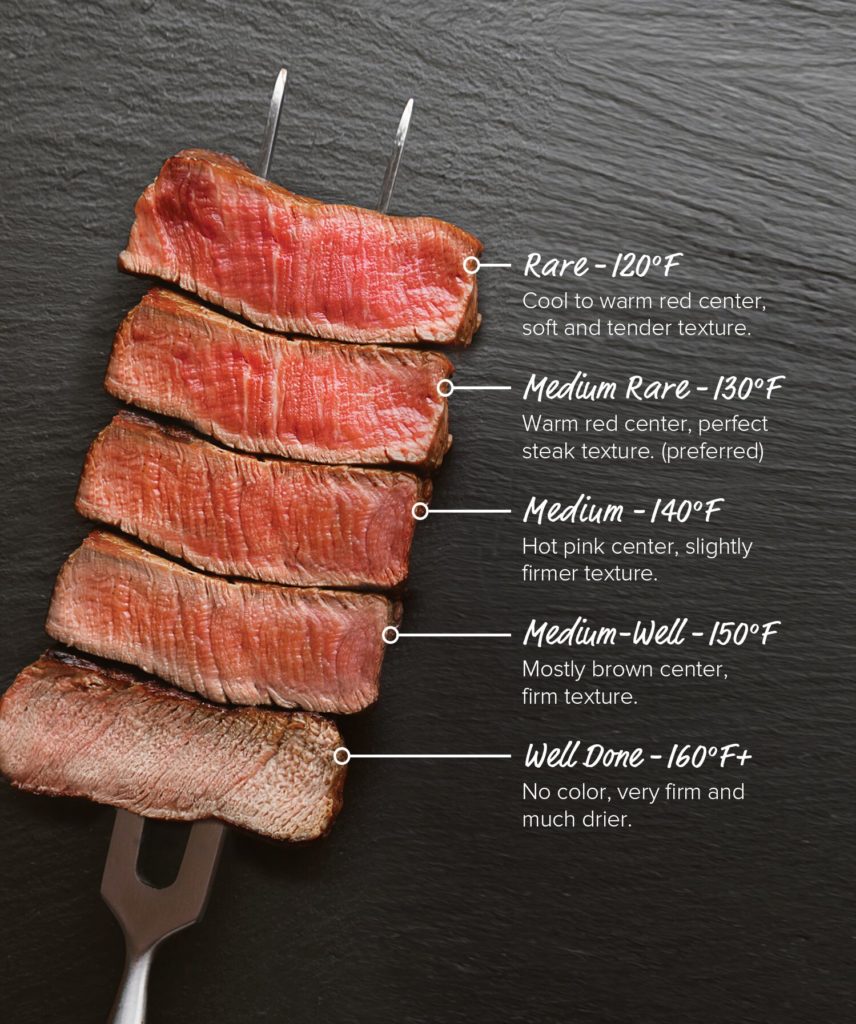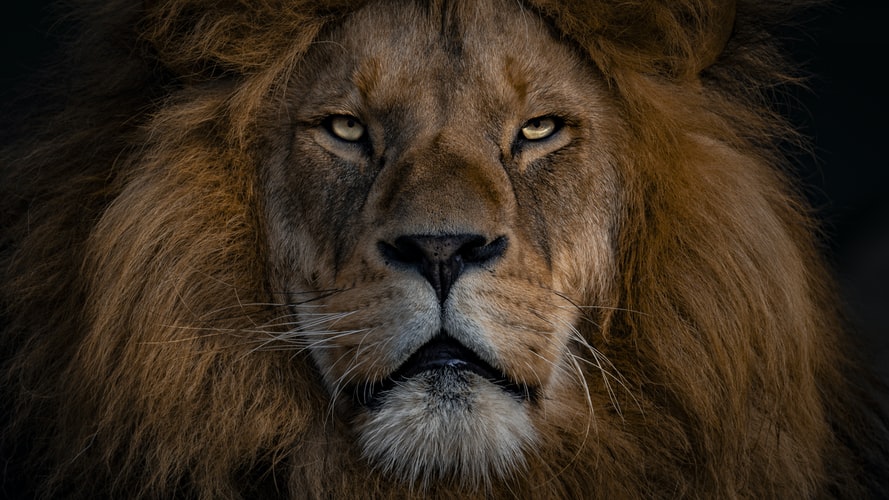What is beef?
Beef is meat acquired from cattle and classified as red meat. In many countries, beef is underappreciated. This relates to the underestimation of the nutritional and health values of beef, typically low quality of meat (due to its origin from dairy breeds), but high price. Differences in the price of beef, such as sirloin steaks or shin steaks, result from consumer preferences and the different content of intramuscular connective tissue. Due to the high content of easily consumable protein, as well as low energy value, beef is considered one of the most valuable types of meat in terms of nutritional value. Most often it is eaten in the form of roasts, ribs, steaks, or burgers. As the data show, the quality of beef, including its nutritional value and sensory characteristics, may depend on many factors, such as: breed of cattle, diet and rearing, hormonal status, age of slaughter, as well as anatomical differences between individual muscles. Culinary use is mentioned as the main purpose of beef meat. Food quality is determined by the amount of visible fat, consistency, and smell. The culinary properties of beef are determined by its tenderness and taste.
Is beef healthy?
Fresh, lean beef is a source of various vitamins and minerals, so moderate consumption of beef can be recommended as part of a healthy and balanced diet. It is worth choosing lean parts such as a roast, lath, wing, sirloin, or ridge.
Nutritional values of beef
*Protein
The nutritional value of beef is shaped by the content and composition of protein and intramuscular fat. The advantage of beef is the high content of easily digestible and easily digestible protein (approx. 18-23%), and the main protein of connective tissue is collagen.
*Fats
In addition to the taste, fats increase the number of calories contained in meat. The fat content of beef depends, among others, on the age, breed, sex, and feed of the cattle. Processed meat products, such as sausages and salami from beef, are generally high in fat. Beef meat, unlike the meat of other species of slaughter animals, has a low-fat content, which does not exceed 5%. Nevertheless, beef is seen as a risk factor in the development of cardiovascular disease and atherosclerotic heart attack due to the high proportion of saturated fatty acids SFA in fat with a relatively low total fat content.
*Vitamins
Beef is a source of vitamins, including A, E, D and H, and contains more available iron than the meat of other species of slaughter animals. Beef is also the main source of human needs for vitamin B12, which is not found in plant products, and vitamins B1, B3 and B6. Other nutrients in beef are: zinc, selenium, and phosphorus.
How to choose beef?
Fresh beef should be bright red in color. The color of meat is mainly affected by the concentration and chemical form of myoglobin. Other features that good-quality beef is: proper tenderness, juiciness, and flavor. With the physiological age of the cattle, the tenderness of the meat decreases, but at the same time the intensity of its deliciousness increases. The flavor of beef is related to the marbling of the meat.
So, now since we covered the basics about beef, let us focus on the main subject of his post, the steaks. There are 15 most popular cuts of steaks, that you should be acquainted with.

Cube

Also called a one-minute steak, because that is about how long you want to cook it. Cube steak is finely sliced from the round (or back end) of the steer (an ox less than four years old), and then pounded until it is tender. This leaves the beef with cube-shaped marks, leading to its name and an appearance somewhat resembling ground beef. Usually, a top sirloin, cube is great for chicken-fried and Swiss steaks, and can be pan fried, braised, or even sautéed.

Denver

Although it has only been around in the U.S. for about a decade, Denver steak is becoming an extremely popular cut of beef. The fourth-most tender cut of cattle muscle, it comes from the eye of chuck, located beside the front shoulder. Although most of the beef from this section is rather tough, and it is primarily used for ground beef or stew meat. But the Denver steak itself is removed from the part of the muscle that does not get much exercise. It is well marbled, with a potent beef flavor, and should be cooked on an extremely hot grill and then cut across the grain to keep it tender and tasty.

Filet Mignon

This steak is so delicate that it is literally melts in your mouth, so it should not be no surprise that it is the most expensive cut of beef. Filet mignon, which means “thick, dainty slice” in French, comes from the tenderloin, a long, cylinder-shaped muscle along the spine of the young animal that does not bear much weight. (Chateaubriand and beef Wellington also come from the tenderloin.) Because it is so low in fat, filets will dry out if overcooked. Many professional chefs and home cooks prefer to sear them quickly over high heat, finishing them off at a lower temperature before serving them.

Flank

A wonderfully tasty cut of beef. This steak comes from the rear lower belly area, or the flank. It is very lean and tough, which means this hard-working, flat muscle should be tenderized with marinade, and cooked fast, at a high temperature, not past medium. It is also possible to braise flank, but however you cook it, make sure you slice it against the grain to prevent serving up chewy bits. Flank is sometimes sold as London broil.

Flap

Called bavette d’aloyau in French. This f an-shaped cut is an extension of the T-bone and Porterhouse on the short loin. The name may not entice, but flap steak (which comes from the bottom of the sirloin, close to the flank area) is not only economical—it also tastes incredible when marinated. Coarse-grained, it holds the seasoning beautifully, and is similar enough to flank steak and skirt steak that it can replace them in recipes. Grill flap steak over high heat to medium—it really is best this way—and slice it thinly, against the grain.

Flat Iron

A lot less expensive than a filet or strip, but a lot more tender than other low-cost steaks. The flat iron is basically a chuck cut sliced from the shoulder of the animal. While most chuck is tough, flat iron comes from the top blade muscle, which does not have the same connective tissue. Grill a flat iron—so dubbed for its triangular shape—or cook it in a hot pan to about medium-rare.

Hanger

Favored by butchers and restaurant chefs. The hanger steak gets its name from how it is situated in the cows’ body: hanging between the rib and the loin, supporting the diaphragm. With an intense beef flavor, this member of the flat steak family, which also includes flank and skirt. Goes great with an acidic marinade (made with wine, vinegar, or citrus juice). For best results, cook it on a high heat. Best not to make it past medium and slice it against the grain.

London Broil

London broil is not exactly of steak but rather than a cooking method. Although many supermarkets often sell it by name as a cut of beef, so I decided to add it to the beef cuts list. The meat itself is usually top round, which is lean and therefore harder. Buying it far less expensive than steaks like filet mignon. London broil is a tasty cut, just be sure to marinate it with an acidic component, then broil it for less than 10 minutes or so, finally cutting it diagonally.

Porterhouse

Quite like a T-bone but thicker. The Porterhouses contain more tenderloin, because they are cut from the back of the loin, making them an especially substantial piece of beef. The size of a porterhouse steak should be at least 1.25 inches thick as they are originated in the rear of the short loin where the tenderloin is in large quantity. Sometimes weighing as much as a whopping 24 ounces, they can be so massive that steakhouses serve them as a meal for two. Whether you broil or pan-sear this beauty, it requires little seasoning.

Ribeye

Sliced from the center of the rib section and sold bone-in or boneless. This is one of the most juicy and tasty cuts of steak, all the credits to its marbling. Slightly chewier than tenderloin, it should be cooked over a dry, high heat. Minimal seasoning, only salt and pepper, will be enough to highlight the delicious, beefy taste.

Rump

This super-lean cut of beef comes from…yes, you guessed it: the steer’s hindquarters. Also called round steak, or even the less-appealing butt steak, rump steak is cheaper than many other steaks because it is among the least tender. As with flat steaks, it is crucial to marinate rump steak before attempting to grill it, although braising, broiling, or pan-frying are preferable cooking methods. Be sure to let rump steak rest for 15 minutes before slicing it against the grain to keep in the juices.

Sirloin

When choosing a sirloin, it is crucial to remember that not all of them are created equal. This steak come from the sirloin section of the cow, near the rear legs section. The muscles here become lean and tough because they are used heavily, more so in the bottom sirloin, which sits closer to the leg, than the top sirloin. Bottom sirloin cuts, generally labeled simply as “sirloin” in supermarkets, make for good roasts and stew meat. Top sirloin, which is located below the tenderloin, is a more tender meat that is great for grilling.

Skirt

The go-to steak for fajitas and stir fry. This cut of beef is a long, thin cut that is like flank, though it comes from the animal’s diaphragm muscles, rather than the bottom area. Little tougher than flank, it showcases a much stronger beef flavor.

Strip

Known as a New York strip when it is cut boneless (which is the usual cut). It is called a Kansas City strip when it is sold with a bone attached. This steak is collected from the short loin. Less tender than a tenderloin, but with a superb, buttery flavor and excellent texture. It has a lower fat content than the ribeye.

Tomahawk

Once you eat this steak, you will never forget it. This cut is a real feast. The tomahawk (which is basically a ribeye that includes around five inches of rib bone) is so massive that it can feed you and a few of your friends. Taken from the loin (the same area which produces porterhouse and T-bone steaks), the tomahawk is beautifully marbled, tender, and flavorful. Weighing between 30 and 45 ounces, and around two inches thick, this giant is best seared and then finished in an oven or with a grill’s indirect heat.




